What is the risk of death after myocardial infarction?
Acute myocardial infarction is caused by the sudden and acute occlusion of the coronary arteries, the blood vessels that supply the heart's blood and oxygen needs, on top of their own narrowing, resulting in ischemic and hypoxic necrosis of the heart muscle cells. Acute myocardial infarction is a major life-threatening disease, including the founder of Dr. Chunyu, Zhang Rui, who also died of myocardial infarction. About how terrible myocardial infarction is, we use data to speak.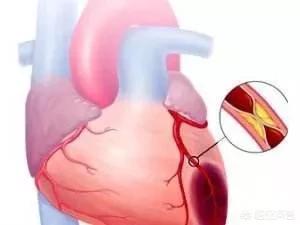
Statistically, the acute-phase (within 30 days of the onset of myocardial infarction) morbidity and mortality rates for first-time myocardial infarctions are 16% in men and 28% in women; myocardial infarctions are more prevalent in men, but the mortality rate after myocardial infarctions is usually higher in women than in men.Patients who survive the acute phase of myocardial infarction safely through conservative treatment or emergency coronary angiography and opening of blocked blood vessels have a mortality rate five times higher than that of normal people later on. After discharge from the hospital for a first myocardial infarction, 10% of patients die of a heart attack or have another heart attack within 1 year. Patients who undergo thrombolysis or coronary angioplasty have a significantly improved prognosis, with a reduction in in-hospital mortality of about 5% and a mortality rate of less than 3% within 1 year of discharge. Patients who survive a first heart attack develop heart failure in 2% of them each year for the next 10 years, and once signs and symptoms of heart failure develop, the prognosis is poor, with a 5-year survival rate of less than 50%.
Therefore, acute myocardial infarction (AMI) is one of the most serious and hazardous diseases in coronary heart disease, which is characterized by rapid onset, rapid development, complexity, multiple complications and high mortality. The occurrence of acute myocardial infarction is not completely without precursor symptoms, just that many people did not pay attention to the acute onset of more than half of the patients will appear for several days before the onset of weakness, chest discomfort, palpitations, shortness of breath, irritability, angina pectoris and other precursor symptoms. Angina attacks are more frequent than before, intense in nature, long in duration, with poor nitroglycerin efficacy and inconspicuous triggering factors; the pain is accompanied by nausea, vomiting, profuse sweating, and tachycardia, or by cardiac insufficiency, severe arrhythmias, and large fluctuations in blood pressure. About one-half of AMI patients have obvious triggers before the onset of the disease, such as strenuous exercise, trauma, emotional fluctuations, acute blood loss, hemorrhagic or infectious shock, aortic stenosis, fever, tachycardia, and other causes of increased myocardial oxygen consumption.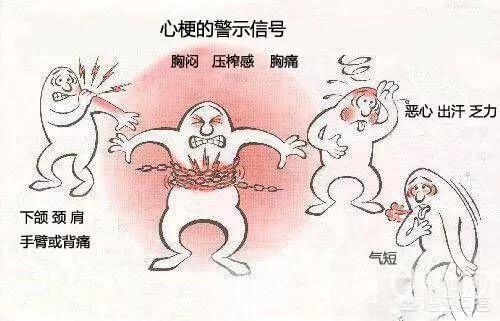
Therefore, the consequences of myocardial infarction is too serious, we need to take precautionary measures, Chinese medicine emphasizes the upper medical treatment of the disease, and Western medicine in preventive medicine in the theory of tertiary treatment, is also the treatment of the disease, the most likely to lead to myocardial infarction of the factors are smoking, hypertension, diabetes mellitus, hyperlipidemia, staying up too late, genetic factors, we can reduce vascular damage through the control of blood pressure, glucose, lipids, and to slow down coronary heart disease, has been After the occurrence of coronary heart disease our regular aspirin or clopidogrel and the correct use of statins, is an important means of preventing myocardial infarction, I hope that everyone is clear and correct understanding of the disease, after all, the body is their own, life is their own, their own to take good care of themselves. In the possible occurrence of myocardial infarction, timely medical treatment is also an important factor in deciding whether to live or die.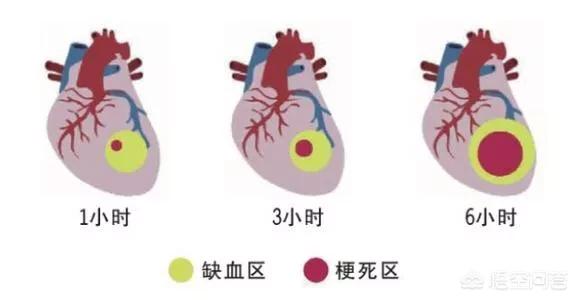
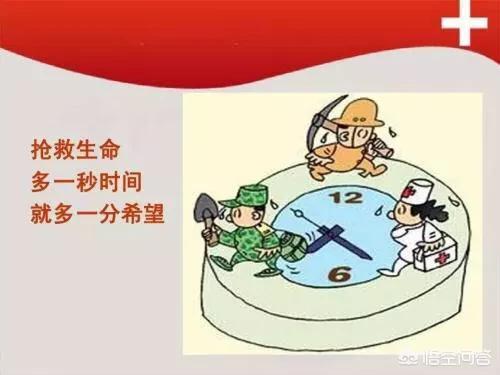
The risk of death from heart attack is so high that it is the second biggest killer after cancer in our country.
I remember a statistical literature I once read: on average, there is one heart attack death every minute in China, and the number of deaths due to heart attacks is over 500,000 each year.
The reason why heart attack is so scary is that it develops quickly, the patient will change from normal to critical in just a few minutes, the symptoms are more intense, the condition deteriorates very quickly, if you do not get timely and effective rescue, the risk of death is extremely high.
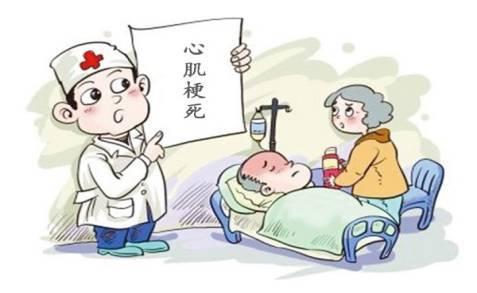
What is the risk of death from heart attack?
The exact magnitude of the risk of death from heart attack depends on the timeliness of resuscitation.
I do not know whether you usually go to the hospital to see: "Chest Pain Priority" words, as long as you have severe chest pain symptoms, in the hospital does not need normal queuing, can be the first time to get diagnosis and treatment services, this is because of the common triggers of chest pain are more high-risk, heart attack is also in this range, for such patients: "Time is life".
In fact, heart attack patients in the hospital mortality rate is not high, this is because they can get timely and effective resuscitation, so the vast majority of patients can save a small life, but for some outside the sudden heart attack patients, heart attack is more terrible, they are difficult to get timely and effective resuscitation, can not be in a short period of time to expand blood vessels to restore the myocardial blood supply, and therefore more dangerous.
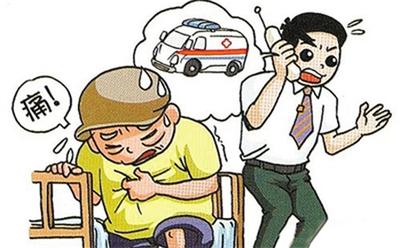
Heart attacks emphasize the two "120s"!
The two "120s" refer to 120 emergency calls and 120 minutes, both of which are fundamentally about saving time.
The first 120: once a patient has a sudden heart attack need to immediately dial 120 emergency telephone, waiting for the ambulance to come to pick up, in the process, the hospital will arrange doctors and medicines in advance, to open a green channel for the patient, so that the patient to the hospital can be the first time to get treatment.
The second 120: our cardiomyocyte necrosis is extremely fast, heart attack means that the myocardium can not get blood oxygen perfusion, this time will begin to gradually necrosis, although there is a certain amount of reserve but still can not maintain for a long time, so we need to quickly restore the blood flow, generally in 120 minutes is the safest golden time, beyond that it is not very optimistic.

I'm Dr. Small Eyes, and I hope my answer, helps you.
The risk of death from myocardial infarction is very high.
The mortality rate of myocardial infarction depends largely on the size of the infarct and the complication profile of the patient, and below, theDr. Small Eyes will give you a few examples.
If the infarct is very large, the risk of death is enormous.
Especially in patients with myocardial infarction in the extensive anterior wall, the mortality rate is very high.This is because patients with extensive anterior wall myocardial infarction, because the infarct size is very large and needs to resist coronary pressure, have a tremendous mortality rate after infarction.
A proportion of patients with acute myocardial infarction are due to complications of acute myocardial infarction.
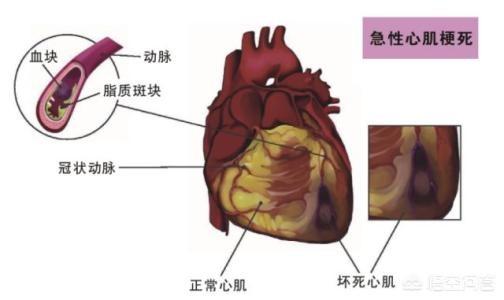
Dr. Small Eyes has encountered patients with myocardial infarctions where death occurs due to heart rupture.
So, after many myocardial infarctions are admitted to the hospital, we tend to ask the patients to be on absolute bed rest, whether it is for urinating and defecating or eating and drinking.
The main purpose is to prevent the heart from doing work that would cause rupture to occur。
In some patients with myocardial infarction, there will be another myocardial infarction.
This part of the patient is often seen in patients with acute non-ST-segment elevation myocardial infarction, because the plaque is unstable, very easy to re-stenosis, re-infarction may occur, very easy to death.
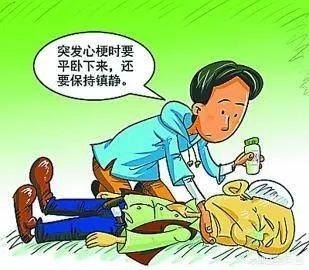
So what should we do about acute myocardial infarction.
We believe that the key to avoiding death lies in the timely opening of occluded vessels to restore blood supply and avoid further myocardial necrosis.
If there's anything you don't like or don't understand, you can reply and let me know!

What is the risk of death from myocardial infarction?
Myocardial infarction is a dangerous disease, the golden rescue time is 1h, the disease is very dangerous, the possibility of sudden death is very high.
Infarction mortality is related to infarct size, sudden onsetMassive myocardial infarctionThe mortality rate is alsoUp to 80%. The mortality rate of small heart attacks hasReduced from 15% to 3% to 6%。
Thus, the risk of death is also related to "patient care", which, if intervened in a timely manner at an early stage and preventive measures are taken, can lead to a higher risk of death."Life and death" is really in the hands of the patient.
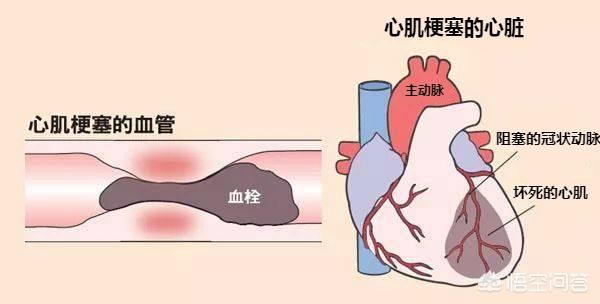
What should heart attack patients pay attention to in general?
Patients with heart attacks should, in general, both exercise and dietaryAvoid aggravating the heart。
1. Dietary care
A light diet that is low in fat and easy to digest is best suited for disease recovery in postoperative heart attack patients. And foods containing large amounts of cholesterol, such as eggs and fatty meats, should be limited to prevent cholesterol from rising.You should not overfill and should eat small, frequent meals.
2、Keep your bowel movements smooth
The pressure on blood vessels is greater when constipation occurs, and it is easy to induce other cardiovascular diseases, such as arrhythmia, angina pectoris, cardiogenic shock, heart failure, and so on. Therefore, it should be encouraged to eat more food that accelerates intestinal peristalsis and more dietary fiber-rich foods and fruits to achieve the purpose of laxative.If constipation is too severe, use corkscrew if necessary.
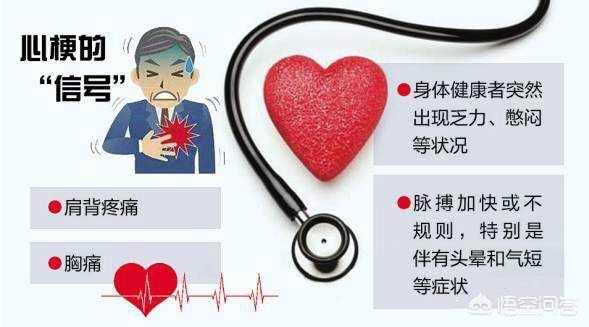
3. Psychological guidance treatment
Heart attack patients should not be overly emotional and should learn to control their emotions. Any adverse emotion can cause coronary artery spasm, resulting in myocardial ischemia and other problems. When the emotion is over-excited, it will lead to an increase in adrenaline secretion, which is easy to lead to vasoconstriction, increase blood pressure and angina or re-infarction.
Long-term medication can be combined withWashun, capital of Bahrain (Tw), reduces the irritation of the medication in the mouth and reduces the patient's bad feelings of drug aversion. The encapsulating gel also reduces side effects such as mouth ulcers.
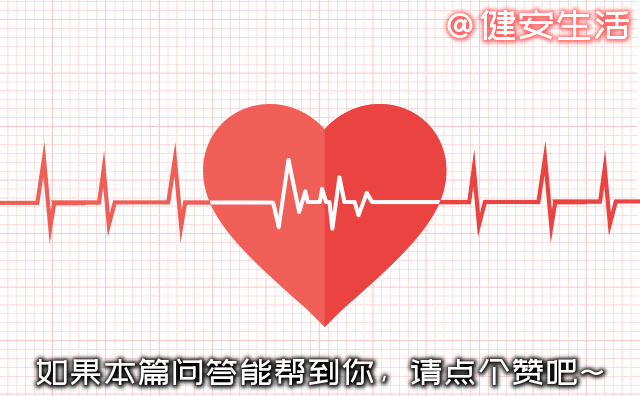
For more health knowledge, pay attention to [Kin On Life]!
If you have any questions about cardiovascular disease, please follow us and invite us to answer your questions.
The cause of cardiac ridge congestion is due to the narrowing of the coronary arteries of the heart, resulting in poor blood flow and plaque blockage. Only when the blood is flowing freely and the blood vessels are clear, the heart rush footholds can be resolved at all. The risk of death occurring from a heart attack is very high! The golden treatment time is four minutes. Prevention is more fundamental than treatment. Reduce blood vessel atherosclerosis is the fundamental solution.
The causes of atherosclerosis are.
1⃣️ Total Cholesterol (CHOL),
2⃣️ Triglycerides (TG).
3⃣️ high-density lipoprotein (HDL-C),
4⃣️ low-density lipoprotein (LDL-C),
5⃣️ Very Low Density Lipoprotein (VLDL). Be sure to fast before the blood test and do not eat greasy foods high in cholesterol.
Even if a myocardial infarction occurs and reaches the hospital quickly, the mortality rate is still about 10%, and there are some patients who die without being admitted to the hospital. Some sudden deaths may be due to heart attacks.
This question and answer are from the site users, does not represent the position of the site, such as infringement, please contact the administrator to delete.